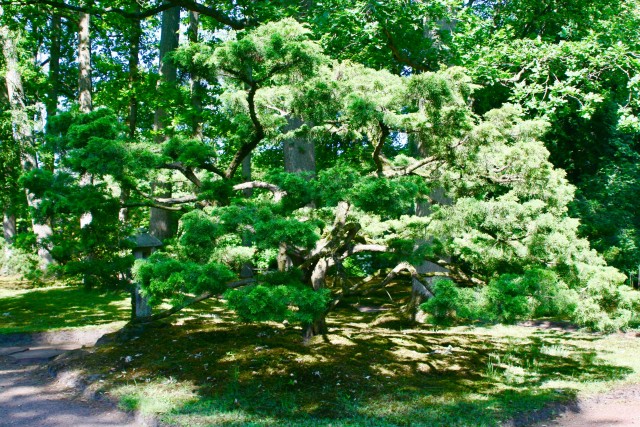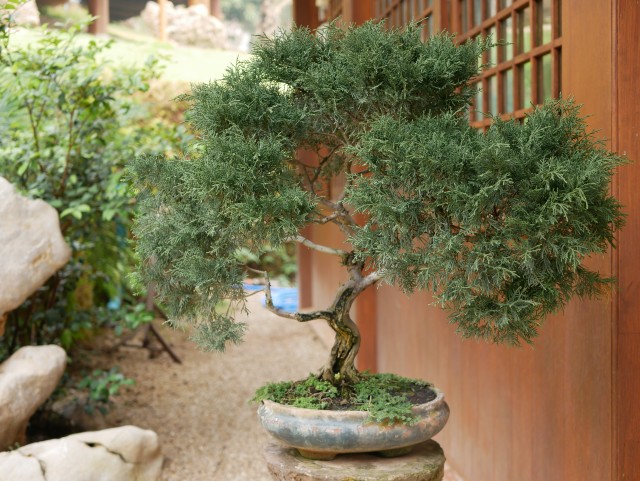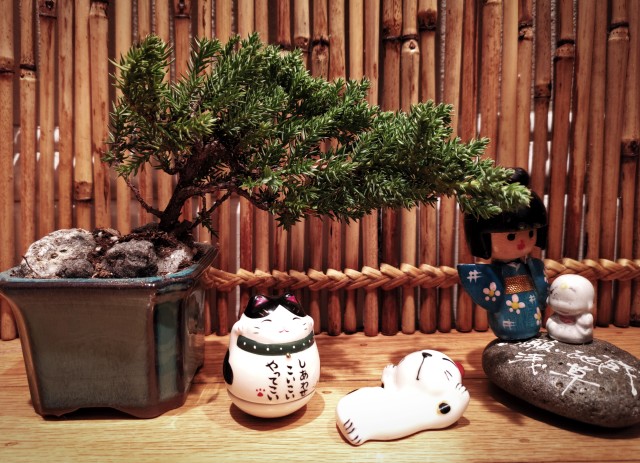Discover the enchanting world of bonsai trees and their captivating beauty. In this article, you will explore the various types of bonsai trees and how they bring a miniature yet awe-inspiring charm to any space.
Immerse yourself in the ancient art of bonsai cultivation as you delve into different styles and notable varieties. Uncover the secrets of nurturing and preserving the natural beauty of bonsai, and embark on a journey that will leave you in awe of these magnificent living creations.
Types of Bonsai Trees
If you’re interested in bonsai trees, you’ll be amazed at the variety of types available to choose from. Bonsai tree care is crucial to ensure the health and beauty of these miniature trees.
One of the most popular types is the Juniper bonsai, known for its elegant, twisting branches. It requires regular pruning to maintain its shape and encourage new growth.
Another popular choice is the Maple bonsai, which displays stunning autumn colors. Pruning techniques for Maple bonsai involve careful thinning and shaping to create a balanced and harmonious appearance.
The Pine bonsai is another beloved variety, with its delicate needles and rugged appearance. Pruning this type involves removing old needles and shaping the branches to mimic the natural growth pattern.
Whether you choose a Juniper, Maple, or Pine bonsai, mastering the proper pruning techniques will help you create a beautiful and thriving miniature tree.
Beauty in Miniature
The beauty of miniature bonsai lies in their intricate details and delicate features. As you admire these tiny trees, you can’t help but marvel at the artistic techniques used to create such lifelike representations of nature.
Every branch, leaf, and root is meticulously designed to perfection, making each bonsai a true work of art. These miniature wonders also hold deep symbolism within their petite frames.
Bonsai, in Japanese culture, symbolizes harmony, balance, and the beauty of imperfection. The careful shaping and pruning of the bonsai tree reflects the Japanese philosophy of wabi-sabi, which finds beauty in the imperfect and transient nature of life.
Ancient Art of Bonsai
The ancient art of bonsai has been passed down through generations, allowing you to create beautiful miniature trees that reflect harmony and balance.
Bonsai has a rich history that dates back over a thousand years in Japan. Originally, bonsai trees were used as decorations in temples and palaces.
Over time, the art form evolved and new techniques were developed to create even more intricate and lifelike bonsai trees. These techniques include pruning, wiring, and shaping the branches and leaves to create the desired form.
Bonsai artists also pay close attention to the placement of the tree in its pot, ensuring that it is balanced and visually pleasing.
Through these techniques, you can create your own miniature masterpiece that brings the beauty of nature into your home.
Exploring Bonsai Styles
Choose from a variety of bonsai styles to express your personal taste and aesthetic preferences. Each style has unique characteristics and requires different sculpting techniques.
The formal upright style, for example, showcases a straight trunk with branches that gradually decrease in size as they ascend. To achieve this style, you will need to use wiring and pruning techniques to shape the tree’s growth.
Another popular style is the cascade style, where the tree appears to be growing on a cliff or steep slope. This style requires careful pruning and shaping to create the illusion of a tree clinging to a rocky edge.
No matter which style you choose, remember to follow proper bonsai tree care tips such as regular watering, proper fertilization, and ensuring the tree receives adequate sunlight.
Notable Bonsai Varieties
When selecting bonsai varieties, you’ll discover a wide range of options to suit your preferences and showcase your unique style. There are many unique bonsai specimens that can add a touch of elegance to your space.
One such variety is the Japanese Maple, known for its vibrant colors and delicate leaves. Another popular choice is the Juniper bonsai, with its twisted trunks and dense foliage. If you prefer a more tropical look, consider the Ficus bonsai, which features glossy leaves and aerial roots.
Whatever variety you choose, remember to pay attention to bonsai tree care essentials. Regular watering, proper pruning, and providing the right amount of sunlight are crucial to keeping your bonsai healthy and thriving.
With the right care and a unique bonsai variety, you can create a stunning display that reflects your personal style.
Cultivating Bonsai’s Natural Beauty
Now that you know about the different types of bonsai trees and their beauty, let’s talk about how you can cultivate their natural beauty.
Enhancing the aesthetics of bonsai involves careful attention to detail and preserving harmony between the tree and its container. One way to achieve this is by regularly pruning and shaping the branches and foliage. By doing so, you can create a balanced and proportionate bonsai tree.
Another important aspect is selecting the right container that complements the tree’s style and size. The container should enhance the overall appearance without overpowering the tree.
Additionally, paying attention to the tree’s health and providing proper care, such as watering and fertilizing, is crucial in maintaining its beauty.
Conclusion
So now you know all about the different types of bonsai trees and their beauty.
From the elegant and graceful Japanese maple to the rugged and majestic juniper, each bonsai variety has its own unique charm.
By cultivating these miniature trees, you can bring a touch of nature’s beauty into your home or garden.
Remember, bonsai is not just a hobby, it is an ancient art form that requires patience, skill, and a deep appreciation for the natural world.
So go ahead, explore the world of bonsai and discover the natural beauty that lies within.









